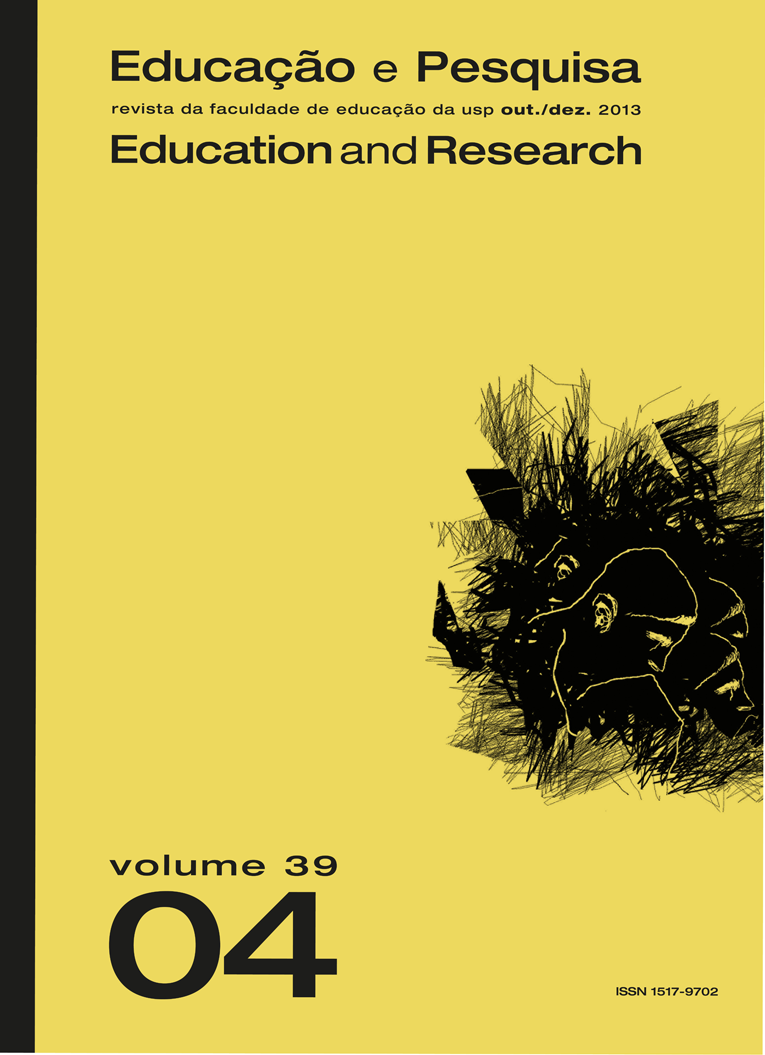Nine-year elementary school in Brazil: legal and pedagogical actions in official documents
DOI:
https://doi.org/10.1590/S1517-97022012005000023Keywords:
Literacy, Educational Politics, Nine-year Elementary SchoolAbstract
Social literacy is a concept that has been widely addressed in studies related to reading and writing. The need for âstudents' literacy in native languages that exceeds standard school curricula is a major issue for literacy discourses in Brazil (SOARES, 2004, 2010a; TERZI, 1995; KLEIMAN, 1995; CERUTTI-RIZZATTI, 2009, 2012). Thus, this study attempts to facilitate a discussion of the politics related to increasing the number of elementary school years to nine, and verify the implications of literacy education in this new educational scenario. The theory and methodology of this study are based on Social Literacy New Studies (STREET, 1984, 2010; HEATH, 1983; BARTON; HAMILTON, 2000) and propose an analysis of documented data concerning the introduction of the nine-year elementary school. The data of the results reveal that the initiative to increase Brazilian students' education is important, but beyond increased schooling, it does not establish a clear strategy that schools should implement at this grade level. The documents describe treating literacy as a social practice, but do not specify that literacy is a part of the broader social literacy. Therefore, the schools need to identify the relationship between phonemic-graphemes and graphemes-phonemic in literacy (CERUTTI-RIZZATTI, 2009) to create an effective strategy for the social practice of writing. Further, the documents reveal our students' insufficient knowledge about the culture of writing.Downloads
Download data is not yet available.
Downloads
Published
2013-12-01
Issue
Section
Articles
License
Authors assume exclusive responsibility for the concepts expressed in their articles, which do not necessarily reflect the journal’s opinion.
Permission to photocopy all or part of the material published in the journal is granted provided that the original source of publication be assigned.
How to Cite
Nine-year elementary school in Brazil: legal and pedagogical actions in official documents . (2013). Educação E Pesquisa, 39(4), 927-942. https://doi.org/10.1590/S1517-97022012005000023



